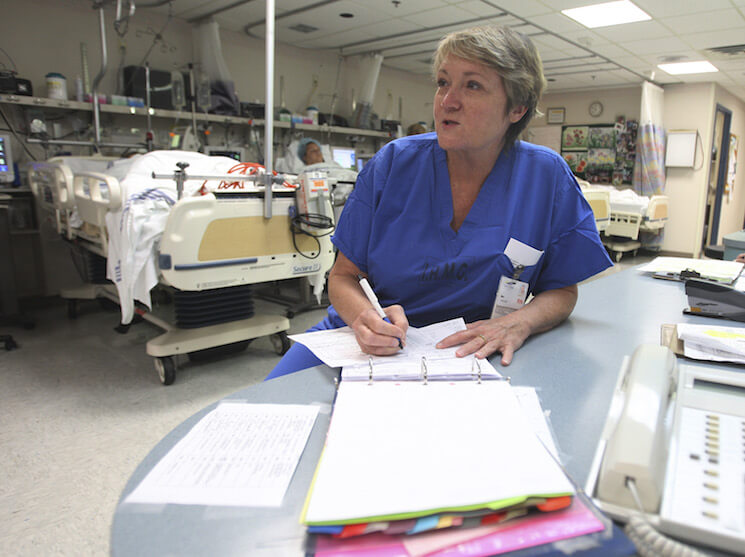Must-Read: Larry Summers is right.
If the Phillips Curve today still had the short-run slope in the gearing of expected inflation to recent past inflation that it appeared to have at the start of the 1980s, there might–but only might–be a case for the Federal Reserve’s current policy.
There is no reason for internal comity between the Board of Governors and the regional bank presidents to be a concern: Bernanke and Yellen have now had three full regional bank-appointment cycles to get bank presidents who are on the same page as the Board of Governors. The Federal Reserve always has and is understood to have the freedom to raise interest rates to maintain price stability when incoming data suggests that it is threatened: there is no need for talk to highball the chances of future rate increases when the current data flow does not suggest it will be needed. Thus I see no reasons at all to support a Fed policy posture other than that one that Larry Summers recommends: “signal[ling] its commitment to accelerating growth and avoiding a return to recession, even at some cost in terms of other risks…”
: Fed’s Current Strategy Ill Adapted to the Realities: “The current hawkish inclination of the Fed, with its chronic hope and belief that conditions will soon permit interest rate increases, is misguided…
…The greater danger is of too little rather than too much demand. A new Fed paradigm is therefore in order…. I would guess that from here the annual probability of recession is 25-30 percent. This seems to me the only way to interpret the yield curve. Markets anticipate only about 65 basis point of increase in short rates over the next 3 years. Whereas the Fed dots suggest that rates will normalize at 3.3 points, the market thinks that even 5 years from now they will be about 1.25 percent. Markets are thinking that recession will come at some point and when it does rates will go to near zero…. This implies that if the Fed is serious… about having a symmetric 2 percent inflation target then its near-term target should be in excess of 2 percent. Prior to the next recession–which will presumably be deflationary–the Fed should want inflation to be above its long term target…. The Fed’s dots forecasts refer to a modal scenario of continued recovery… [with] inflation rising to 2 percent only in 2018. Why shouldn’t they prefer a path with more demand, inflation at target sooner, more stimulus as recession insurance, and a small margin of extra inflation as a buffer against the next recession?….
The logic that led to the adoption of the 2 percent inflation target years ago suggests that it is too low now…. The case for a positive inflation target balances the benefits of stable money with the output cost of lowering inflation and two ways that positive inflation is helpful—the periodic need to have negative real rates, and inflation’s role in facilitating downward adjustment in real wages given nominal rigidities. All of the factors pointing towards a higher inflation target have gained force in recent years…. Experience has proven that Yellen was correct to be skeptical of the idea very low inflation rates would improve productivity. And it is plausible that the error in price indices has increased with the introduction of new categories of innovative and often free products…. If a two percent inflation target reflected a proper balance when it first came into vogue decades ago, a higher target is probably appropriate today….
Long term inflation expectations are depressed and declining…. The Fed has in the past counterbalanced declines in market inflation expectation measures by pointing to the relative stability in surveys-based measures. This argument is much harder to make now that consumer expectations of inflation have broken decisively below their all-time lows even as gas prices have been rising…. The Fed’s summary employment conditions index has been flashing yellow since the beginning of the year. Declines in this measure have presaged recession half of the time and uniformly been followed by rate reductions rather than rate increases….
The right concern for the Fed now should be to signal its commitment to accelerating growth and avoiding a return to recession, even at some cost in terms of other risks. This is not the Fed’s policy posture. Watching the Fed over the last year there is a Groundhog Day aspect. One senses they really want to raise rates and achieve a more ‘normal’ stance. But at the same time they do not want to tighten when the economy may be slowing or create financial turmoil. So they keep holding out the prospect of future rate increases and then find themselves unable to deliver. But they always revert to holding out the prospect of rate increases soon, partly for internal comity and partly to preserve optionality. Over the last 12 months nominal GDP has risen at a rate of only 3.3 percent. We hardly seem in danger of demand running away. Today we learned that Germany has followed Japan into negative 10 year rates. We are only one recession away from joining the club…




